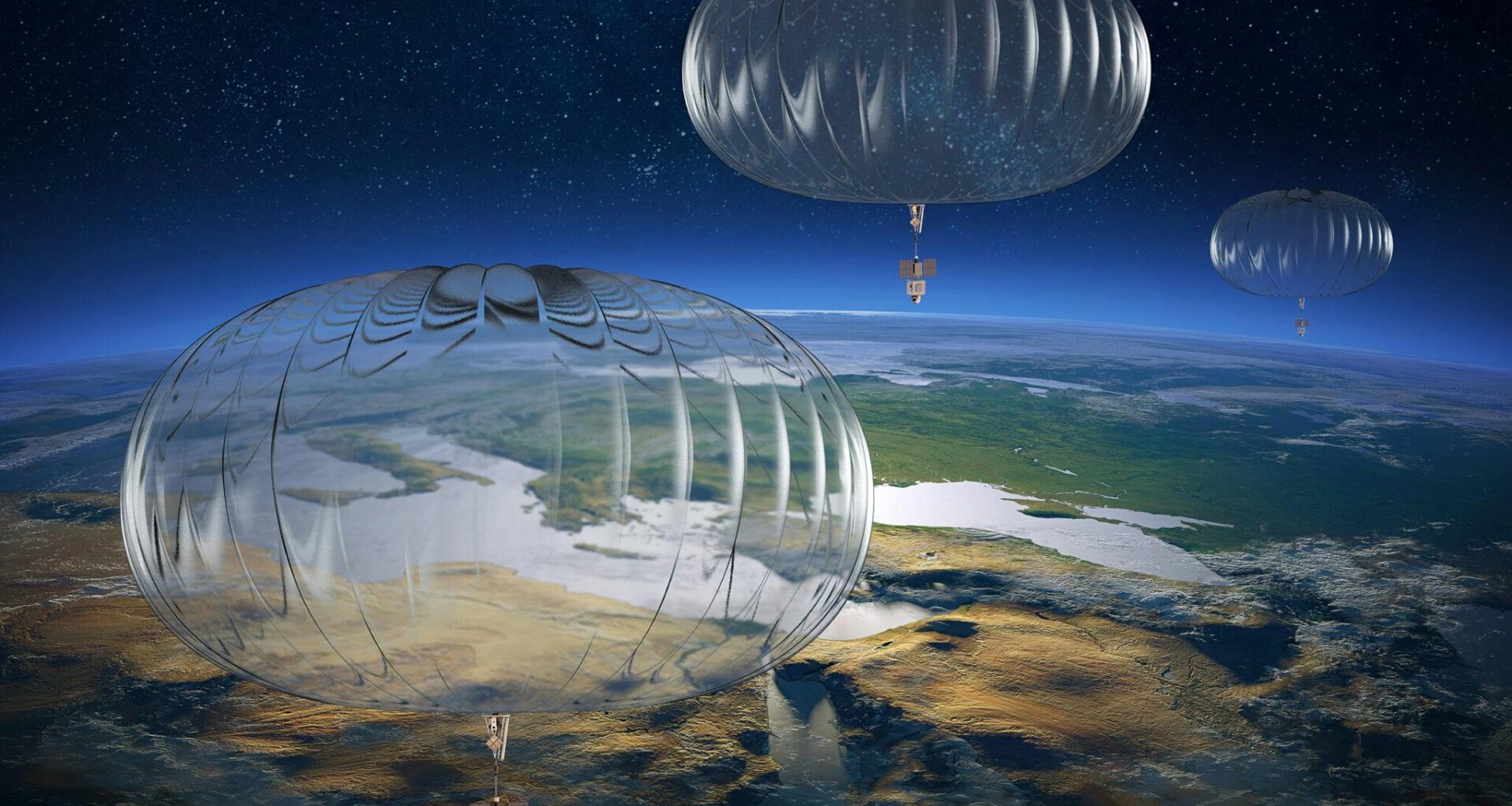The Ministry of Defence has confirmed that trials of high-altitude uncrewed balloons conducted in South Dakota under Project Aether successfully met or exceeded all objectives.
The tests form part of a wider effort to develop long-endurance, high-altitude Intelligence, Surveillance and Reconnaissance (ISR) platforms capable of operating in challenging conditions, according to the department.
Responding to a written question from Ben Obese-Jecty, Conservative MP for Huntingdon, Defence Minister Luke Pollard said “the trials in South Dakota were successful and achieved or surpassed all intended test objectives.”
He outlined that these objectives included “providing 24-hour Intelligence, Surveillance, and Reconnaissance coverage in high-latitude winter conditions at high altitude; locating, identifying, and tracking signals, and disseminating data over both Line of Sight and Satellite communications; maintaining continuous endurance at high altitude; and enabling airborne handover of ISR coverage between different platforms.”
Project Aether is part of the Ministry of Defence’s broader effort to expand uncrewed and near-space surveillance capabilities. The programme seeks to field systems capable of operating in the stratosphere for extended durations, offering persistent intelligence collection at a fraction of the cost of traditional satellite or crewed aircraft platforms.
According to the Ministry of Defence, further analysis of the data collected during the South Dakota trials will inform future development and potential operational concepts for long-endurance uncrewed surveillance platforms.
